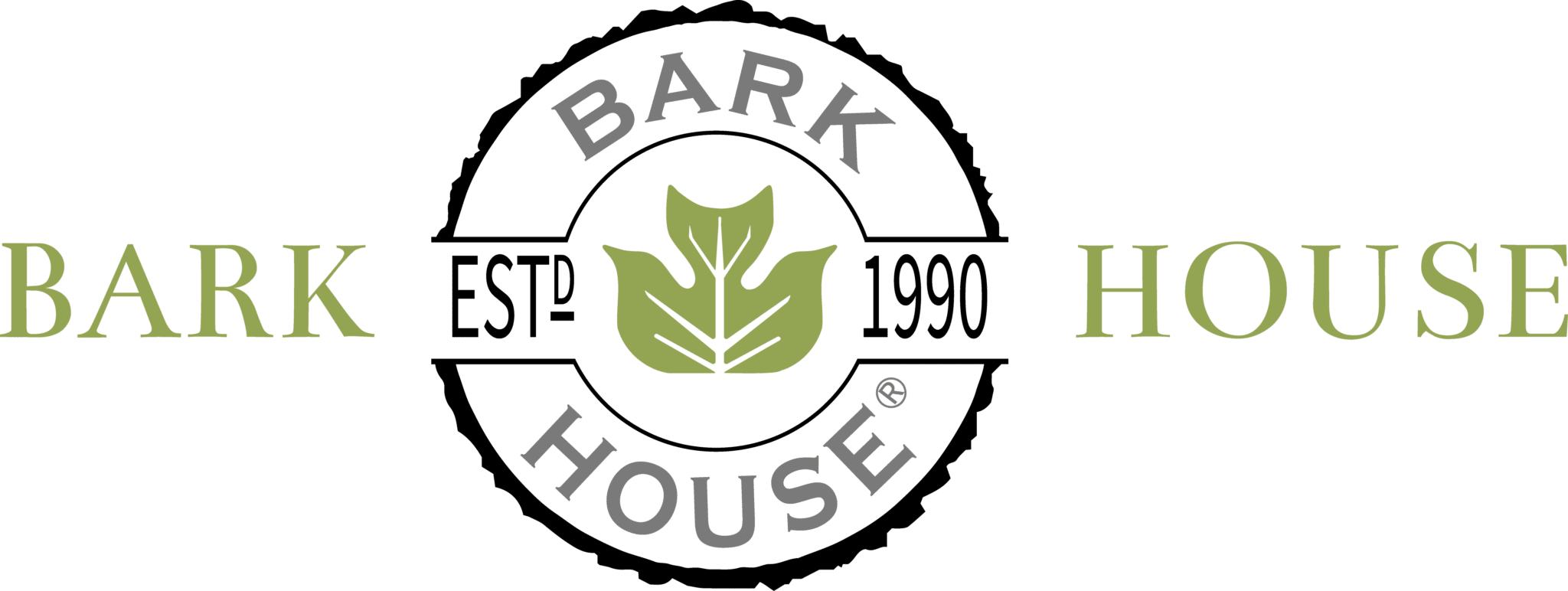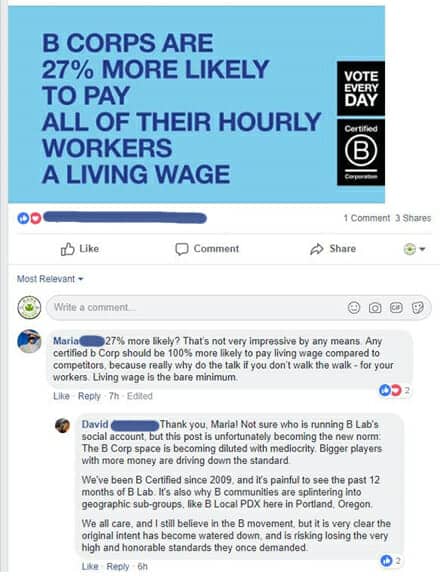Certification Fatigue
This post and subsequent comment caught our team’s attention:
Certification fatigue is a growing complaint shared across a spectrum of users that include design teams, owners, and product manufacturers. Resistance to jumping through hoops to earn a certification that seems to have a zero-yield for users and little or limited benefit for the environment or social structures is growing.
In 2007, Bark House responded to the pervasiveness of greenwashing by implementing a strategy to increase transparency, to have outcomes verified by neutral third-parties, and to increase visibility for clients who wanted their purchases to have “Purpose”. The certifications we chose at that time were rigorous and covered both environmental and social measurements. Our engagement with these programs spanned a ten-year period.
Transparency for Clients
The certification methods were robust and thorough. But the platforms failed to educate the public on a broad scale about what their certifications mean. Certification platforms generally have multiple levels or tiers of compliance which aren’t widely identified, resulting in confusion instead of transparency. Take, for example, the responses to the post above which states that “B Corps are 27% more likely to pay all of their hourly workers a living wage.” That is a cringe-worthy percentage and fails to accurately represent those companies with the highest-level certifications as was pointed out by the comment.
Third Party Verified Outcomes
Certification strategies were new on the market when we engaged the platforms. It was clear that the focus of their work was to measure system INPUTS. Having third-party verification of inputs is valuable. But our goal was to tell the story about our OUTCOMES. We expected the certifications to grow through time, but they did not. They stalled. This is easier to forgive when we review the system in which they function. A sustainability paradigm is just that – to hold stable. A regenerative paradigm, on the other hand, is one with a foundation from the beginning that focuses on development. Certifications are not regeneratively focused and are not capable of measuring regenerative outcomes. A sustainability matrix can be an aspect of a regenerative project, but sustainability is too limited to encompass regenerative development.
So, while we did obtain our goal of third-party confirmation that we do what we say (no greenwashing here), the certifications ultimately failed us. Moreover, in the same year that Bark House received the world’s first and only Cradle-to-CradleTM Platinum level certification with rigorous environmental input measures, we failed to earn the “Best for the World in the Environmental Category” Award from B-Corp. The response from B Corp was that they were changing their matrix, and did not have time to review how our submission was scored.
Increasing Visibility
This is perhaps the most disappointing point for the small business owner whose investment time and money are limited. The visibility of the certification strategies themselves never grew to a level where they were readily recognized by our clients. With all the time we volunteered to talk about the strengths of the strategies, and all the time that colleagues participating in those strategies volunteered, the result was far less than expected. As we traveled across the country over that ten-year period and asked Architects and Designers if they were aware of the certification strategies we had chosen – B Corp and Cradle-to-CradleTM – the answer was most often “no”.
In 2017, the year that Bark House received a Cradle to Cradle Platinum level product certification, B the Change Media had become B Corp’s new marketing partner. B the Change Media wanted to charge $9,000 to share with other B Corps via a new magazine that one of their own earned the highest possible ranking from another certifying body. All the hours we had invested sharing the story of B Corp, and building their brand, led to the inequity of pay to play. A greater irony is that while going through the C2C certification process in 2007, I requested that the ISO measurement being used for social equity be more robust. As a result, B Corp was adopted by C2C to measure social equity, and it became their only option at that time.
Lessons Learned
There has been no push-back from our clients about dropping certifications. They know our core values and appreciate that we went through ten-years of evaluation with the same core philosophy and purpose that we hold today. Clients know who we are, and see our level of commitment and directly experience the benefits of working with us. Our team has worked hard to share the stories about our outcomes and we continue to work hard with a core purpose of “Changing the Nature of Building™” to Whole-Building™ – a regenerative whole-systems multi-impact process.

